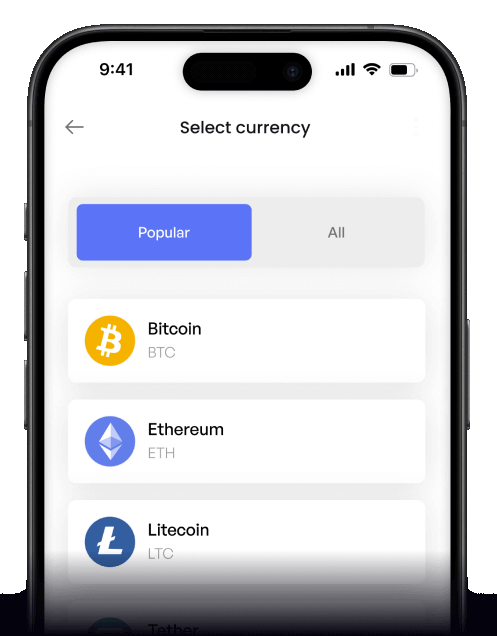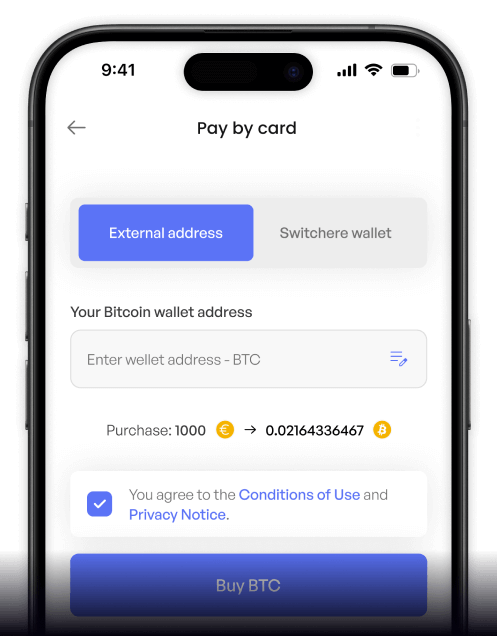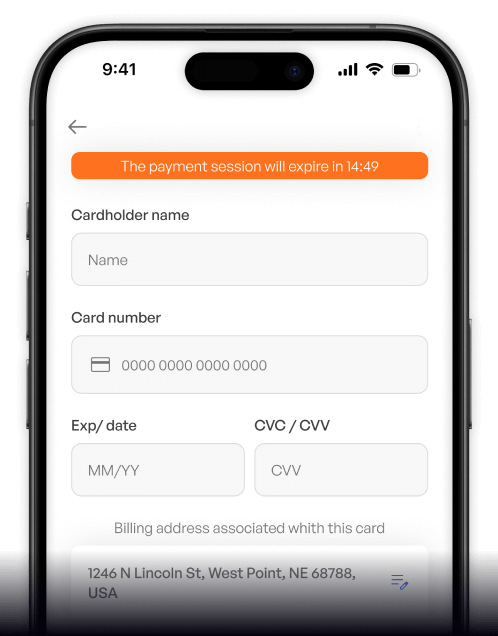Конвертуйте
Canadian Dollar (CAD) на SushiSwap (SUSHI) миттєво
Купуйте SushiSwap (SUSHI) за допомогою Canadian Dollar (CAD) легко на Switchere і отримуйте вигоду від швидких і безпечних транзакцій.
Близько
SushiSwap (SUSHI)
SushiSwap (SUSHI) - відома децентралізована біржа (DEX) та автоматизований маркет-мейкер (AMM), що працює в численних блокчейн-мережах. Спочатку задуманий як форк, керований спільнотою, SushiSwap має на меті надати повний набір DeFi-додатків, використовуючи смарт-контракти для полегшення пірингової торгівлі цифровими активами без посередників. Її основна технологія дозволяє користувачам створювати пули ліквідності або робити внески в них, отримуючи винагороду за надання капіталу, що, в свою чергу, підтримує ефективні обміни токенів і визначення цін. Ця децентралізована мережева архітектура забезпечує криптографічну безпеку і прозорість операцій в ланцюжку для всіх учасників.
Власний токен SUSHI займає центральне місце в токеноміці платформи, функціонуючи як утилітарний токен і токен управління. Власники можуть вкладати SUSHI (часто як xSUSHI), щоб отримувати частину торгових зборів, що генеруються протоколом, вирівнюючи стимули користувачів з успіхом платформи. Крім того, власники SUSHI беруть участь в управлінні, голосуючи за пропозиції, які спрямовують розвиток платформи та управління казначейством. SushiSwap вийшла за рамки базових свопів, включивши в себе такі продукти, як Kashi для кредитування і запозичення, а також MISO, стартовий майданчик IDO, що розширює пропозиції інфраструктури Web3. Присутність у багатьох ланцюжках зміцнює роль SushiSwap як ключового гравця, що надає різноманітні фінансові інструменти в екосистемі децентралізованих фінансів.
Як купити SushiSwap (SUSHI)?
Популярні монети за Canadian Dollar (CAD)
Інші монети за Canadian Dollar (CAD)
Поширені запитання
-
Який основний спосіб придбання токенів SushiSwap (SUSHI) за канадські долари (CAD)?
Щоб придбати SushiSwap (SUSHI) за канадські долари (CAD), найпоширенішим методом є використання криптовалютної біржі, яка підтримує фіатні он-рампи CAD і котирує SUSHI. Користувачі зазвичай вносять CAD за допомогою Interac e-Transfer або банківського переказу, потім здійснюють торгівлю в парі CAD/SUSHI або спочатку конвертують CAD в основну криптовалюту, таку як ETH або USDT, а потім обмінюють на SUSHI, якщо пряма пара недоступна. Переконайтеся, що платформа відповідає вимогам FINTRAC для безпечної торгівлі. -
Як модель автоматизованого маркет-мейкера (AMM) SushiSwap впливає на процес отримання SUSHI за допомогою CAD?
Коли ви використовуєте CAD для отримання SUSHI, особливо якщо здійснюєте транзакції через агрегатор децентралізованих бірж (DEX) або безпосередньо взаємодієте з AMM SushiSwap після придбання криптовалюти-посередника, ви взаємодієте з пулами ліквідності. На відміну від традиційних книг замовлень, ціна визначається алгоритмічно, виходячи зі співвідношення активів у пулі. Ця модель AMM дозволяє здійснювати децентралізовану торгівлю і є фундаментальною для DeFi-пропозицій SushiSwap, включаючи утиліту токенів управління. -
Яка відповідність вимогам KYC/AML зазвичай вимагається при купівлі SUSHI за канадські долари на біржах, дружніх до Канади?
Більшість авторитетних криптовалютних бірж, які здійснюють перекази з CAD в SUSHI, дотримуються канадських правил KYC (Знай свого клієнта) і AML (боротьба з відмиванням грошей), які контролюються FINTRAC. Зазвичай це передбачає перевірку особи, включаючи надання державного посвідчення особи та підтвердження адреси, перш ніж ви зможете здійснити покупку цифрового активу, наприклад, купити SUSHI за допомогою вашого фіатного шлюзу в канадському доларі. -
Які переваги використання САПР для прямого доступу до SushiSwap (SUSHI) для діяльності DeFi, такої як стейкінг xSUSHI або фермерство врожайності?
Використання CAD як фіатного платіжного засобу для придбання SUSHI забезпечує прямий доступ до екосистеми децентралізованих фінансів SushiSwap. Це дозволяє брати участь в таких видах діяльності, як стейкінг SUSHI на xSUSHI для отримання комісійної винагороди платформи, забезпечення ліквідності для можливостей вирощування врожаю або використання таких функцій, як кредитування Kashi і BentoBox. Це спрощує доступ до багатоланцюгових розгортань SushiSwap без зайвих кроків конвертації, розширюючи ваші можливості використання цього токена управління. -
При конвертації канадських доларів (CAD) в SushiSwap (SUSHI), які загальні комісії за транзакції і час обробки, пов'язані з канадськими платіжними методами?
Час обробки депозитів у канадських доларах для купівлі SUSHI варіюється: електронні перекази Interac часто відбуваються майже миттєво або займають кілька хвилин, тоді як банківські перекази можуть зайняти 1-3 робочих дні. Комісії можуть включати депозитні збори з біржі (іноді безкоштовні для Interac), мережеві збори за транзакцію в блокчейні при переміщенні SUSHI, а також торгові збори. Ознайомтеся з тарифами конкретної криптовалютної біржі для транзакцій CAD і торгових пар SUSHI.






